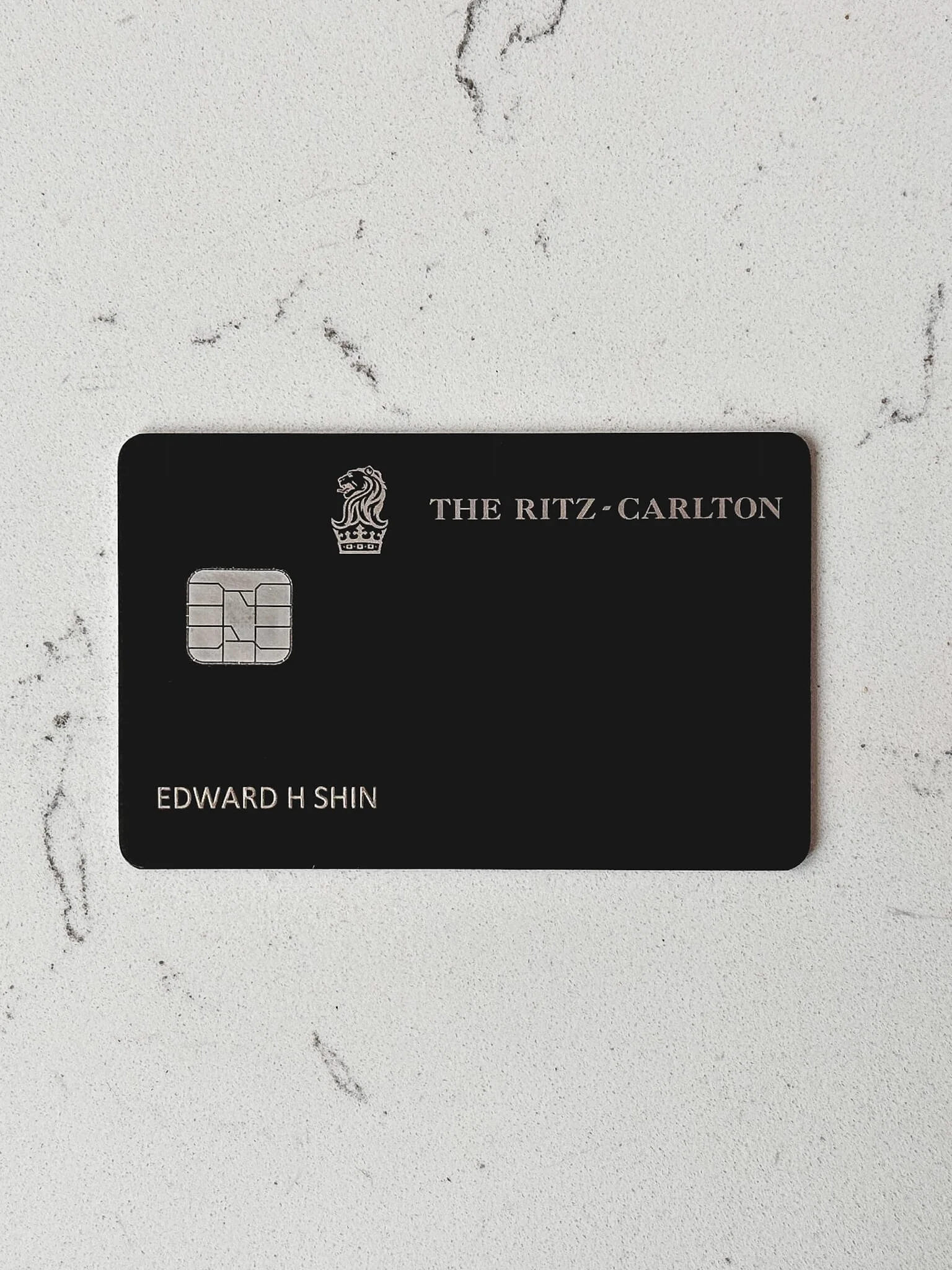The Infamous Chase 5/24 Rule: Prioritize Chase Credit Cards First
When people first get into credit cards and travel rewards, most are not aware of specific regulations and rules that banks impose on credit card applications. This causes people to unknowingly miss out on opportunities to get more lucrative offers and find out the hard way if their credit card application is denied. One of the most well-known rules is Chase’s 5/24 rule.
It is a simple rule; you are only allowed to get 5 credit cards within a 24 month period. The 5/24 rule is not limited to only credit cards issued by Chase either. Almost all other credit cards, both personal and business cards, count towards the rule. However, charge cards like AMEX Platinum, AMEX Gold, and AMEX Green are exempt. If you ignore the rule and apply for a Chase credit card when you’ve already gotten 5 credit cards within 24 months, you will automatically be rejected - no matter what your credit score is, the denial is inevitable. Traditionally, Chase only imposed the rule on certain cards, but since November of 2018, the rule applies to every Chase credit card.
Waiting two years to apply for a new Chase credit card can feel exhausting.
Because of how stringent the rules are, you’ll want to be strategic when applying for credit cards, especially if you are new to the game. When I first started my credit journey, I did not pay attention to this rule, simply because I was unaware of it. As a result, I missed out on great earning opportunities. To illustrate how I missed opportunities, imagine you are at a buffet, a really high-quality buffet. You can eat steaks, lobsters, lamb chops, and sashimi, but only for the first hour upon entering the buffet, meanwhile, the other lesser expensive foods are available to you with no time limit. The Asian in me is thrilled and directs me straight to meat and seafood stations “to get the most value out of my meal”. I could start my buffet journey with bread, rice, and steamed vegetables, but it is more optimal to start my meal with foods that are more expensive, unique, and valuable. After devouring meat and seafood, the rice and beans will still be there.
I will choose filet mignon over steamed vegetables.
You are missing out if you don’t start with the premium option while they are available, which is exactly how I view the Chase 5/24 rule. There are great cards from Citi, AMEX, and other banks. However, if you prioritize getting credit cards from other banks, you may have to wait 2 years to open a Chase credit card. It makes sense to go for Chase credit cards first and then build your portfolio out from there.
The opportunity cost of prioritizing non-Chase cards can cost you hundreds of dollars.
My buffet analogy may not be relatable to some people, but the point is that your credit journey is really a life-long journey. To remain at the front of the race, you need to strategize and efficiently use credit card applications to your advantage. The reason I stress this rule so much is that some Chase cards are more valuable than other credit cards. For instance, I love the World of Hyatt card. Currently, you get a sign-up bonus of 50,000 points after spending $3,000 within the first 3 months of card opening. In addition, you get a free night certificate every year as long as you renew the card by paying its $95 annual fee. Though the certificate is only good for hotel categories between 1 and 4, category 4 hotels usually cost more than $95 a night.
The World of Hyatt credit card from Chase is a good example of a keeper card. Photo credit: chase.com
Let’s take a look at Gild Hall, a Thompson Hotel, located in the financial district of New York City. It is a category 4 hotel, and a one night stay on Valentine’s Day weekend has a standard, starting price for the cheapest room of $255.55, not including any taxes and fees such as a $22.89 daily destination fee. The final rate comes out to $319.63, which is triple the card’s annual fee.
Taxes and fees almost make up the World of Hyatt credit card’s annual fee. You can use your free night certificate to avoid those additional fees. Photo credit: hyatt.com
It’s a very good example of a keeper card, a card that you can justify its annual fee without any spending due to incredible benefits and perks. So is staying under Chase’s radar and only getting 5 credit cards in 24 months the best route? Unfortunately, it is for most people. However, there are some ways to bypass the 5/24 rule, but it’s not so easy.
Some people were able to get past the 5/24 rule by being a Private Client of Chase or getting pre-qualified offers from Chase. Those options are long gone, but data points show that lucky individuals get credit card offers from the “Just for you” tab when you log-in to your Chase app or portal. Another way is being targeted by traditional snail mail. You can bring your unique code to a local branch, and that should do the trick!
Unfortunately, I do not see any personalized credit card offers on my Just for you page.
The Chase 5/24 rule is very simple but deadly if you want to get a lot of credit cards in a short period of time. When you are new to the game, remember to pace yourself. Be selective and strategic when it comes to opening credit cards. Hopefully, my buffet analogy stuck with you. Focus on Chase cards first, especially keeper cards, because they are unique and valuable. Other cards can wait for another time.












